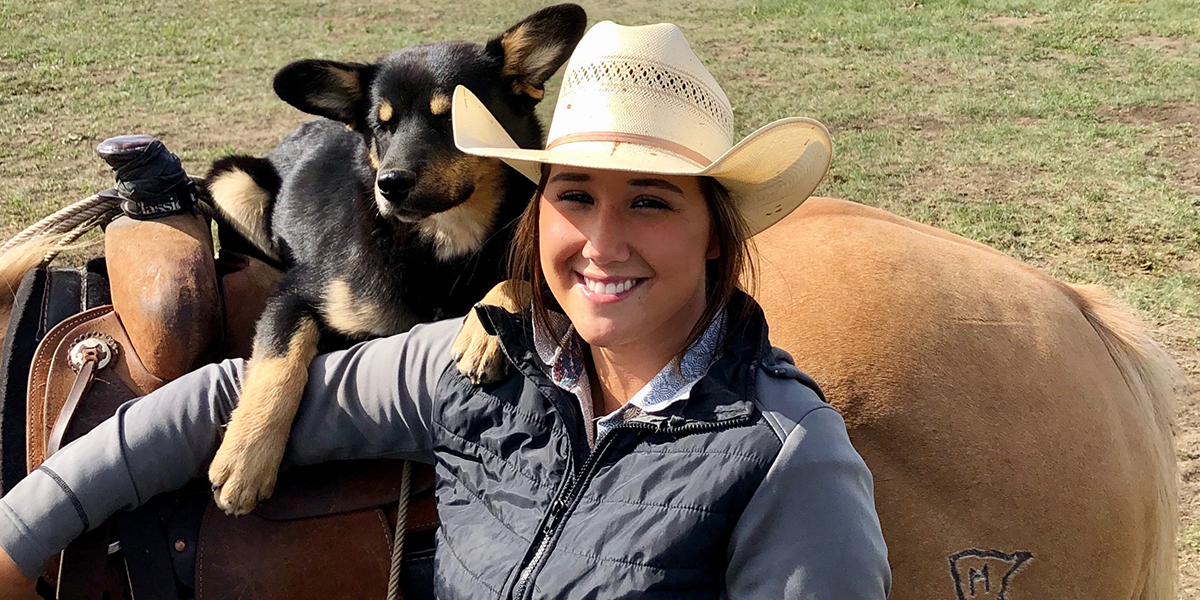
By: Kendra Santos
It seems the breakaway roping boom is here to stay. And after generations of talented girls growing up with the previously historic given that their breakaway roping days would basically be behind them once they graduated from college, it’s a blast to see this rather recent rodeo phenomenon. In the final analysis, as the breakaway roping revolution is reflected upon in rodeo’s record books in the future, the World Champions Rodeo Alliance will deserve due credit for playing a pivotal role in the unparalleled progress taking place right now. And great spokeswomen—who many years down the line will remember the golden era their event is enjoying right now because they’re living it—will include Hope Thompson and Sloan Anderson.
Texas native Thompson, who now makes her home in Abilene, and Anderson of White Horse, South Dakota—population 100—just won their respective pools and $7,000 apiece at the January 7-9 WCRA Winter Timed Event Semi-Finals Rodeo at the Lazy E Arena in Guthrie, Oklahoma. Thompson won Pool A with a 2.27-second run, and Anderson topped Pool B’s final round in 2.38-second. Both will advance alongside the rest of this week’s timed-event champs to the WCRA’s $1 million Royal City Roundup, which is coming up February 28 at the Sprint Center in Kansas City, Missouri.
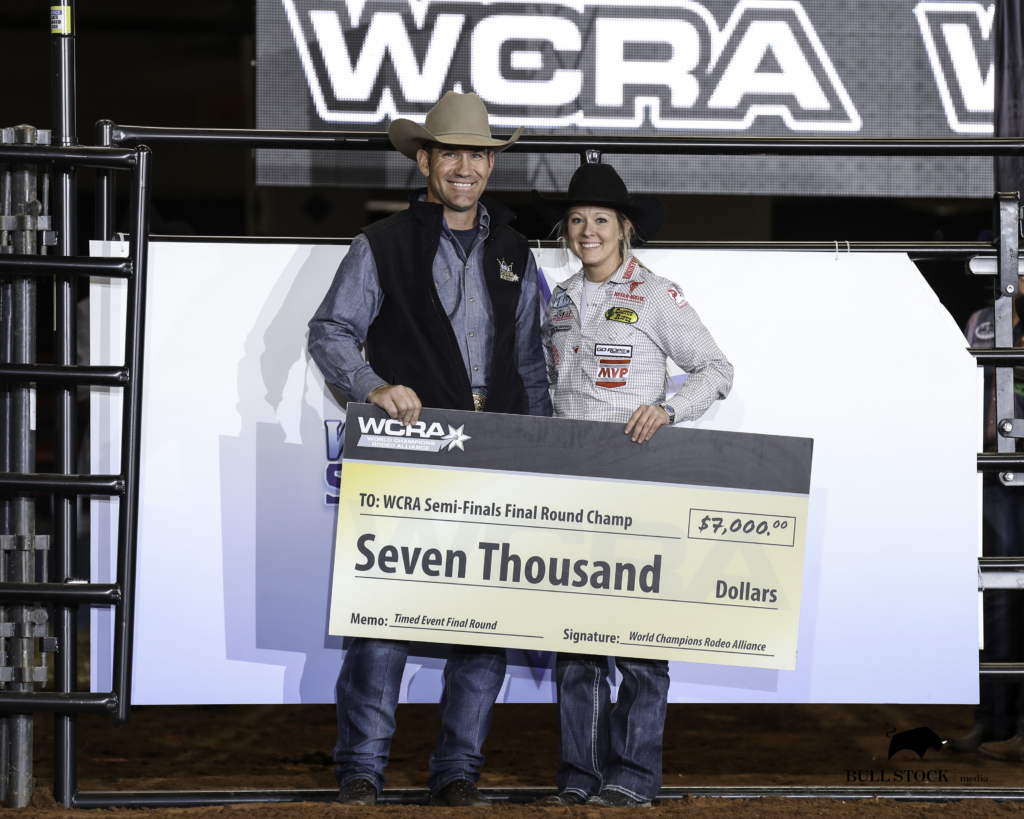
Their paths to their respective pools at the Lazy E were a little different. Thompson was seeded into the final round in her pool based on top-eight status in Virtual Rodeo Qualifier points. After nominating the Indian National Finals Rodeo and having success in two rounds there, Anderson was one of the other breakaway ropers—64 total roped at the Lazy E this week—who advanced to the final round of her pool via the Semi-Finals preliminary and progressive rounds.
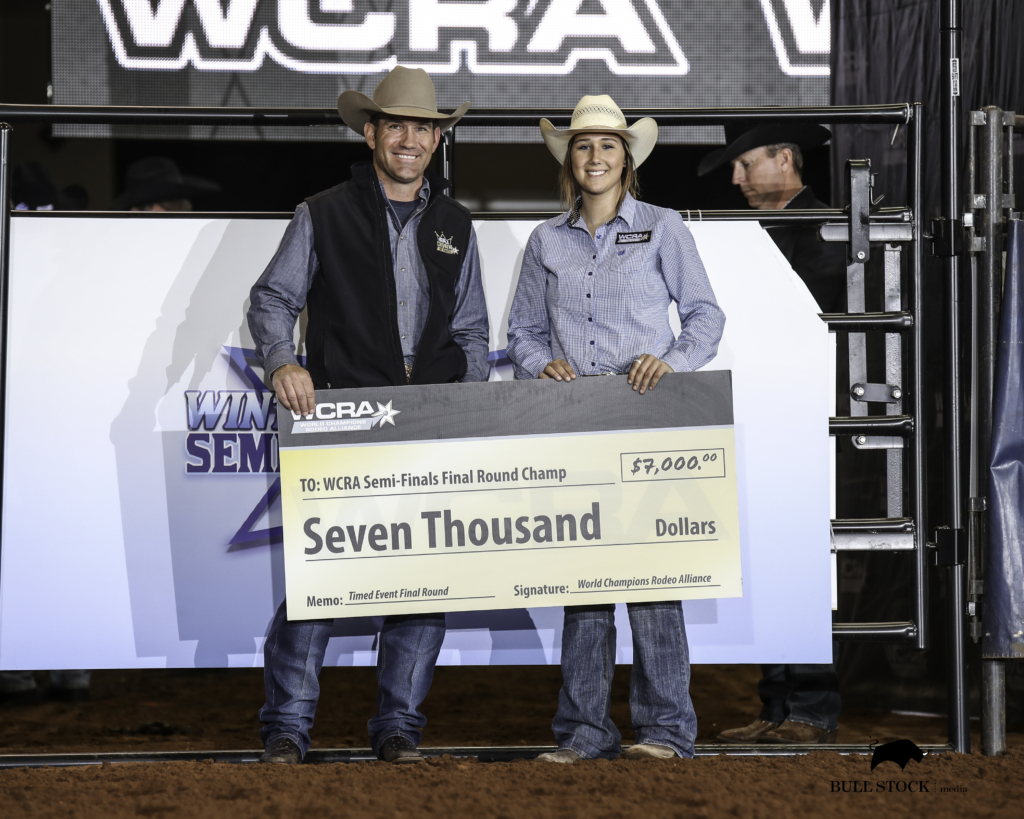
Thompson and Anderson will be joined in Kansas City by seven other breakaway roping badasses in Josie Conner, Taylor Flewelling, Lexie Russell, Kelsie Chace, Jackie Crawford, Lari Dee Guy and JJ Hampton, who automatically advanced to the Royal City Roundup by virtue of earning her way to the top of the Virtual Rodeo Qualifier leaderboard. The February 1 Lewis Feild Bulls & Broncs event at the Maverik Center in Salt Lake City will serve as the semi-finals for roughstock-event contestants.
We caught up with horse trainer and roping clinician Thompson, 34, and ranch cowgirl extraordinaire Anderson, 21—whose Native American family runs a cow-calf operation on the Cheyenne River Sioux Reservation and spends her rodeo off-season cattle doctoring in the pasture and branding calves—for a rodeo-style lightning round after their big win at the Lazy E. Here’s a fun outtake on their thoughts about the recent breakaway roping bonanza—at the WCRA Winter Timed Event Semi-Finals and beyond.
Kendra Santos: What do you consider the ultimate highlight of your breakaway roping career so far?
Hope Thompson: The highlight for me is just where breakaway roping has come to—getting to rope for as much money as everyone else and on the stage we have now. Growing up roping and thinking that after college it wasn’t going beyond amateur rodeos, actually being able to maybe make a living breakaway roping is my highlight. It’s something I’ve always dreamed of, and it’s here.
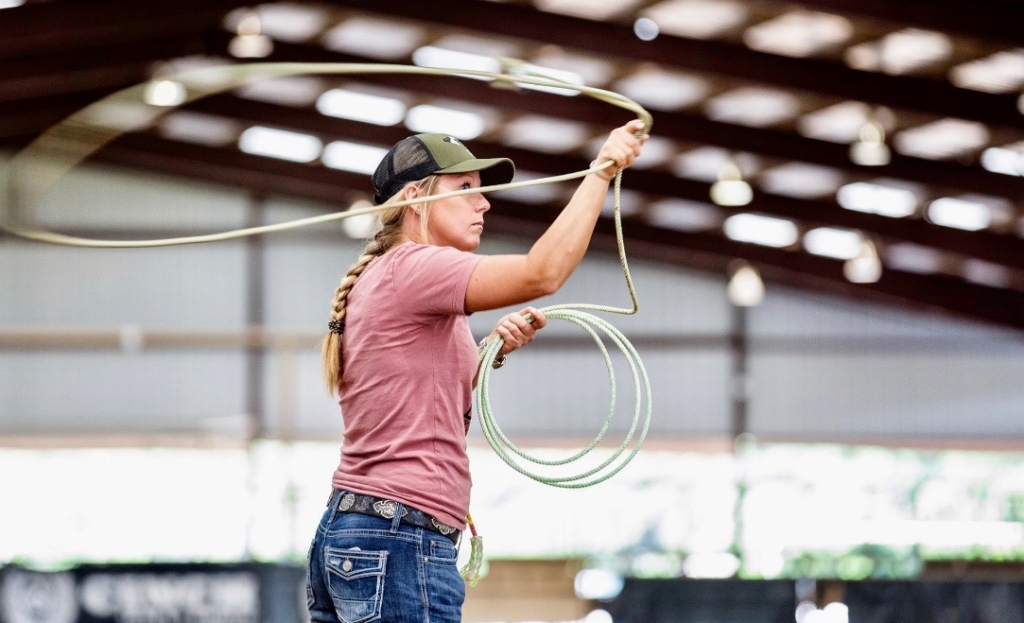
Sloan Anderson: I can’t say that I’ve won anything super big besides rodeos and jackpots. I rope at Indian National Finals Rodeo Tour rodeos and a few amateur rodeos around South Dakota in the South Dakota Rodeo Association in the summer. In the winter, I usually go to South Texas or Arizona to jackpot—team rope, breakaway rope and sometimes barrel race—because it’s too cold in South Dakota to do anything this time of year. I try to get my young horses going in the wintertime.
Kendra: What are you most proud of about your win at the Semi-Finals?
Hope: Just doing my job. Starting off my year with a win, and getting the chance to rope at $50,000. I feel like I stayed in a slump last summer. I’d get enough won to keep going, but never got on a roll. So I reset my mindset, my game plan, my practice—everything. I stepped up and executed my plan at the Semi-Finals, so that felt pretty good.
Sloan: I was most proud of staying consistent all day (she ran four calves at the Semi-Finals). It was a tough set of girls, and I stayed the course.
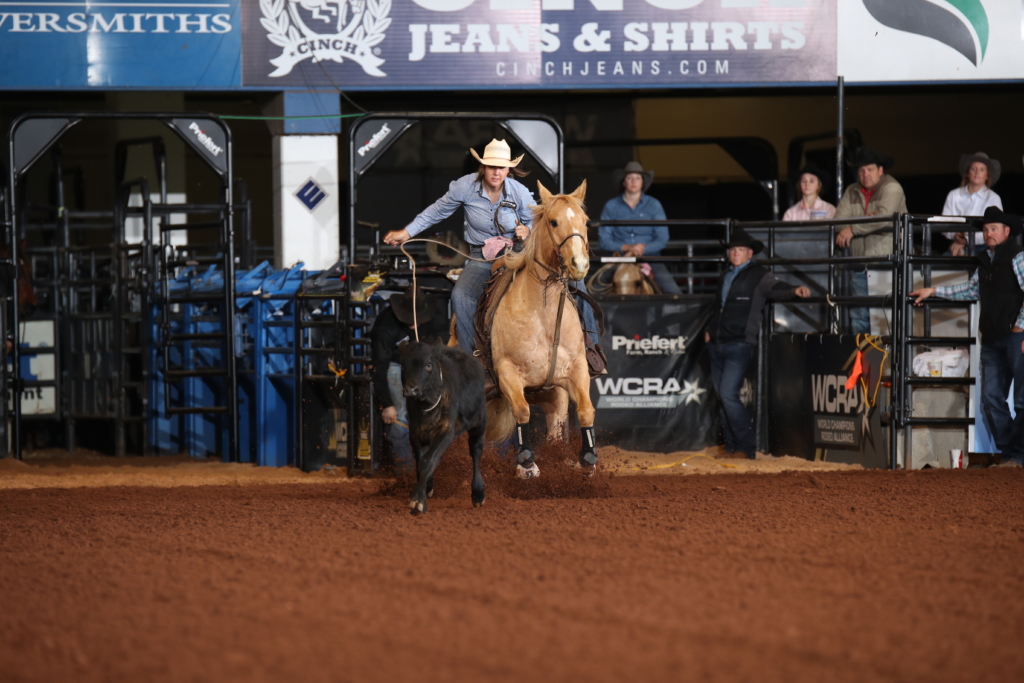
Kendra: How does winning $7,000 at the Semi-Finals and a shot at $50 grand rank in the lifetime of a big-time breakaway roper?
Hope: I try not to focus on the amount of money, but this is a lifelong dream. Getting a chance at $50,000—or a million now (the WCRA Triple Crown of Rodeo), if you win three consecutive majors. This is special. It’s all paying off. When you look at it and put it into perspective, this is a life-changing opportunity for all of us. It’s like getting a huge promotion and a shot at a big-time bonus for working hard.
Sloan: It’s a huge step in the door for all breakaway ropers in the world of rodeo. We’re starting to get more recognized everywhere. This is the first opportunity of this size for me. To be able to rope for this amount of money in one shot, and walk away from Kansas City with something no matter what—it just can’t get any better.
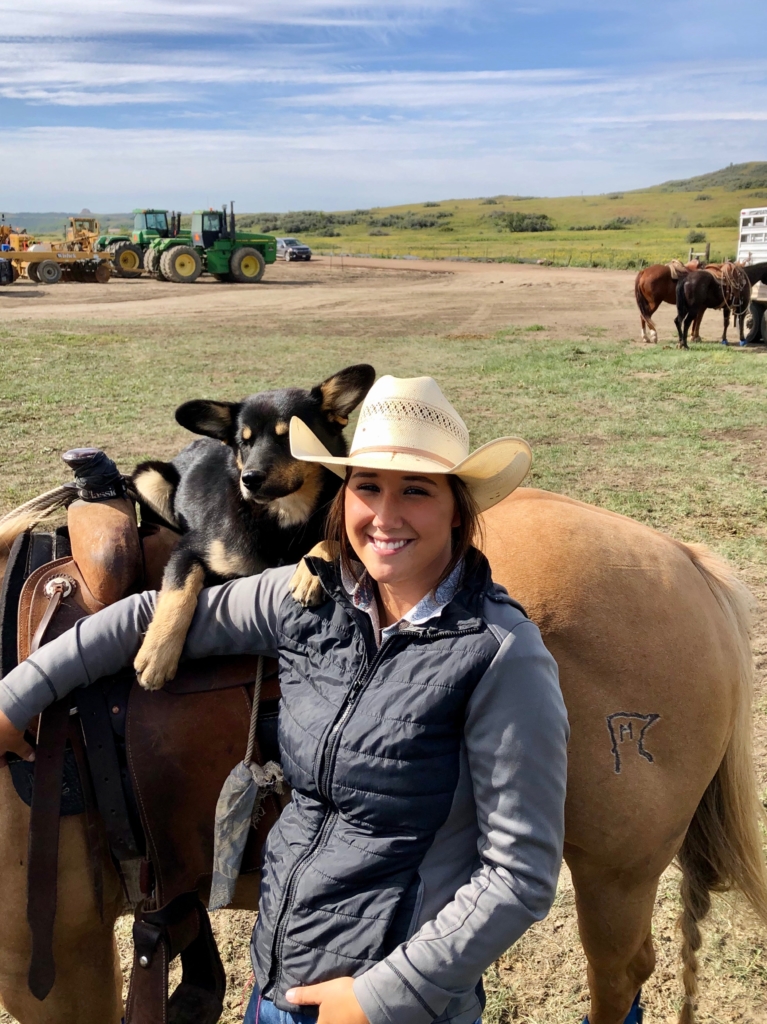
Kendra: What is it about the WCRA and breakaway roping?
Hope: The WCRA has fought for us to have equal money, and we are a standard WCRA event. The proof’s in the pudding. Every event winner at a WCRA major wins $50,000. Everyone in every event has the same respect on the same stage. That’s a big deal. These WCRA rodeos are great events. The production. The money. And the system is fair, and gives everyone the same shot. To be clear, I’m also a tie-down roper and a huge tie-down roping fan. The progress being made for breakaway ropers will never be made at the expense of any of the other events, which are all great and all go into making rodeo the great sport it is because of every event.
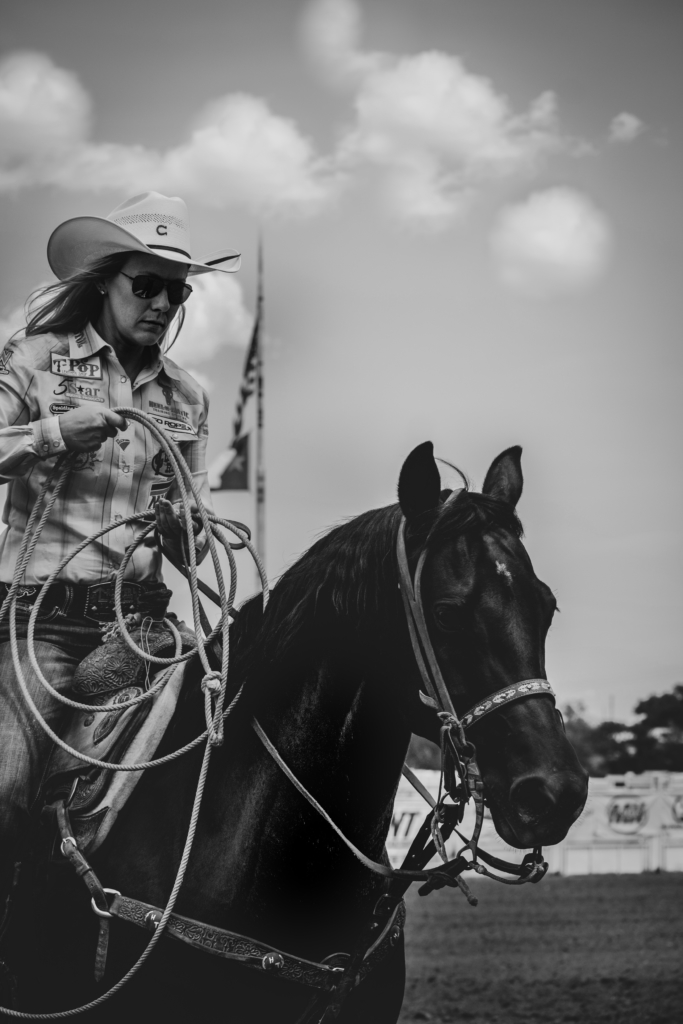
Sloan: The WCRA giving us the opportunity to compete for equal pay as the rest of the events is huge. They included us immediately. It wasn’t like they added us as an afterthought after enough people complained. They wanted us to be a part of it all along. Not everybody barrel races. People are talented in so many areas of the rodeo arena. Sharing the spotlight with girls in a second event is a big deal. Breakaway ropers are not here to replace any other event. We just want to be part of the progress, as rodeo continues to grow and get bigger and better for everyone.
Kendra: Why is this the best time of all time to be a breakaway roper?
Hope: Because at every level there are big opportunities now. The time has come when the people most passionate about it can actually make money breakaway roping. The horse market has already improved, and it’s helped the tie-down ropers, too, because those horses can go on after their tie-down days and be worth top dollar as breakaway horses.
Sloan: I think social media has had a huge influence in getting us here. Everyone’s opinions are out there, so things move a lot faster and more people are able to have the exposure and be heard. I don’t think this could have happened 20 years ago, because the technology to connect everyone at the click of a button wasn’t there. Some of this progress in rodeo is thanks to technology. There are breakaway ropers who’ve gone above and beyond to put a foot in the door. Technology let those voices go viral.
Kendra: Who is your breakaway roping hero, and why?
Hope: Lari Dee. I got through college (at McNeese State University in Lake Charles, Louisiana) giving some lessons and training some horses. Lari Dee’s the one in our industry who for a long time had made a living giving lessons and training horses. I pursued that, too. I got to meet her, and she helped me make it a reality. She was willing to help me and teach me, and she needed some help. Lari Dee and I do it all together now—the schools, and we partner on some horses. We train people and horses together.
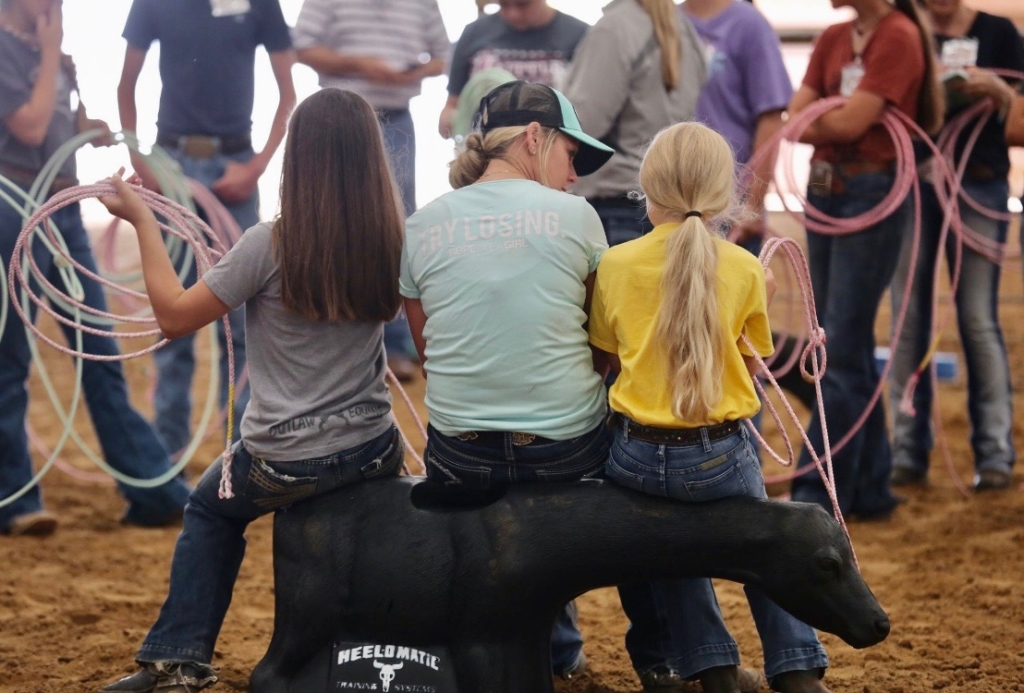
Sloan: I’d have to state the obvious—Jackie (Crawford)—because she’s won so much. Not to bring gender into it, but Jackie’s roped competitively with the top guys, too. You can learn something just by watching her swing a rope.
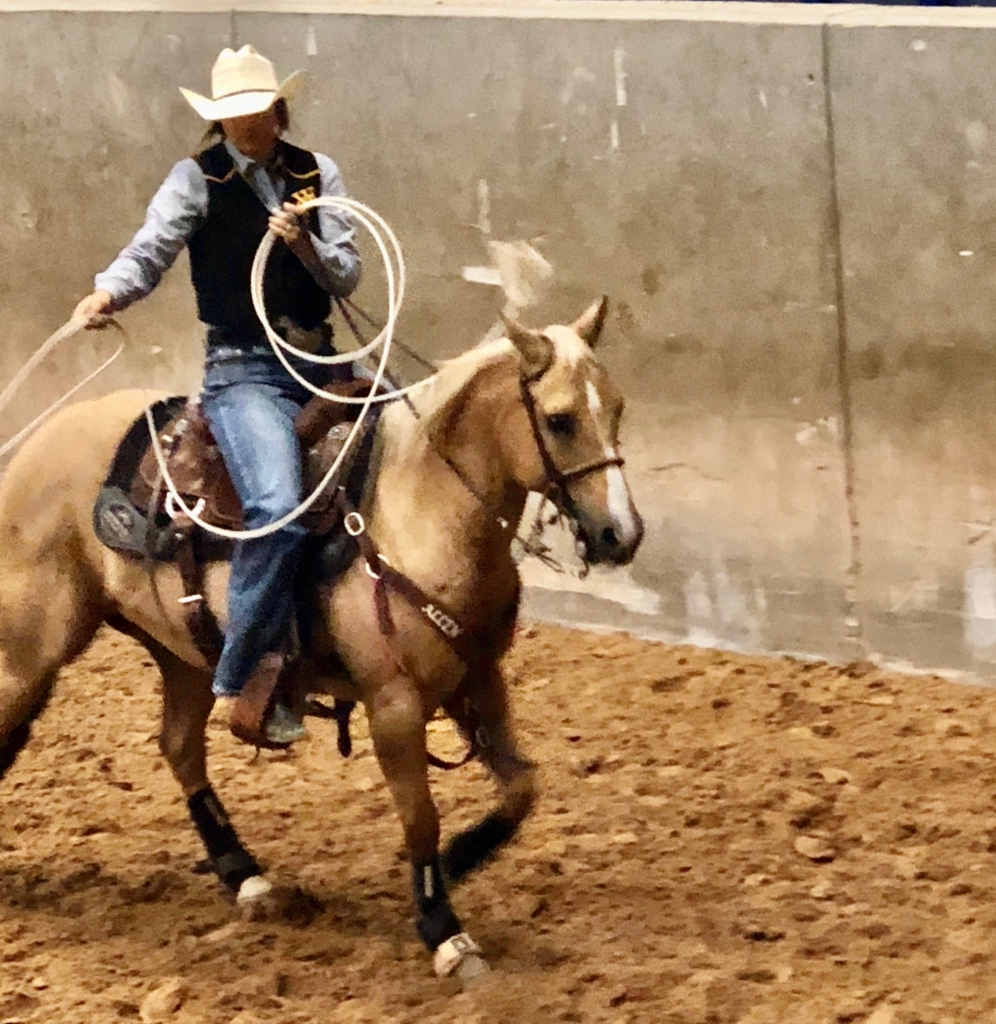
Kendra: Is the WCRA hashtag #AllForRodeo legit?
Hope: Yes. The WCRA is about the entire sport. The WCRA is there for the sport and all the people in it. There are four girls headed to Kansas City who can’t rodeo all the time for whatever reason—because they’re in school, because they’re moms or whatever else. They get to rope for $50,000, too. That’s awesome. It’s unreal what the WCRA has done. We can’t thank them enough for what they’re doing for everyone in our sport.
Sloan: Yes. And the WCRA is a system that doesn’t involve a trailer race. You can stay home or go as far as you want. You can have a family, if that’s what you want. Or a job. And the profit available for your investment is abundant. The WCRA is also great for the people who have the talent, but can’t afford to go down the road. It helps expose them to the world, and gives them an equal shot at the big money.


